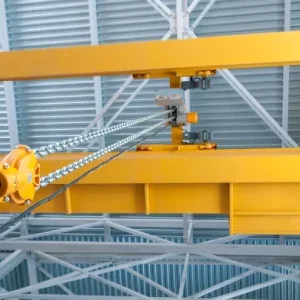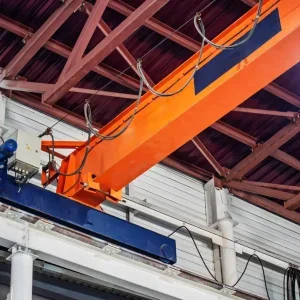Although the firm could not disclose the client, the Aberdeen-based customer offer load life cycle management to the oil and gas, defence and industrial markets, as well as the marine and subsea sectors.
The business had been experiencing a series of issues with broken wires on 12 automated high bay cranes that resulted in a failure on one of the site’s main hoist crane wires.
IMES were approached with the brief discovering the integrity of the wire rope fitted to its cranes, something its wire rope NDT sensor head technology enabled both internally and externally in quick and accurate fashion.
Jason Smith, chief operating officer at IMES, said: "Due to the previous failure, the business had understandably lost confidence in the capability of visual inspection tests alone to identify faults in the wire rope.
"The high bay crane hoist wires fitted at this particular site are under continual tension, which makes it highly unlikely that any broken wire would be identified with the human eye.
"By performing only a visual inspection examination, it could lead to additional factors being missed, such as the running speed of the wire under inspection, location of internal broken wires, interstrand nicking and corrosion."
The company carried out a wire rope NDT inspection on three of the high bay crane wires with the sensor head utilising magnetic saturation and flux leakage to detect discontinuities within wire rope.
The inspection identified a number of broken wires that had not been found during previous visual inspections.
"The successful completion of this project highlights the wide range of capabilities possessed by the team at IMES. Working with a global business proved to be an excellent opportunity to demonstrate our level of competence and technical expertise and ability to find effective solutions to complex problems," explains Smith.






